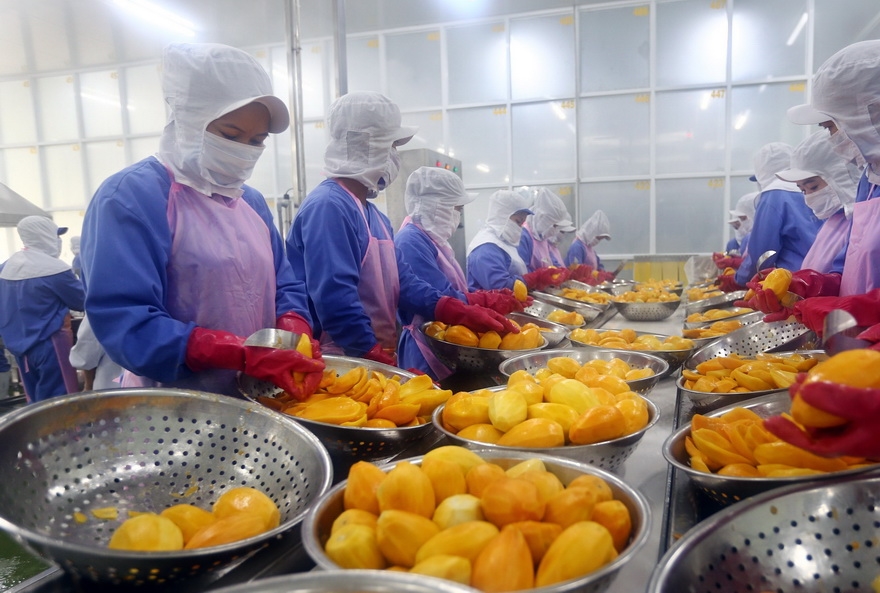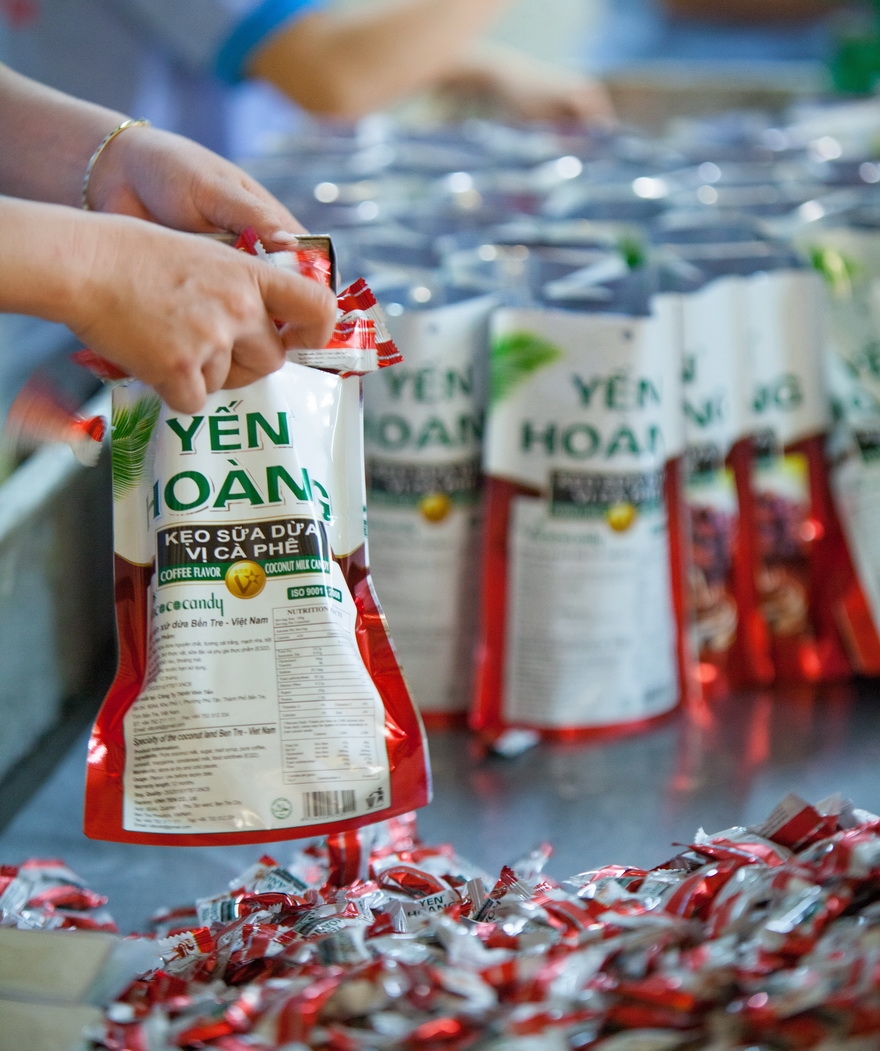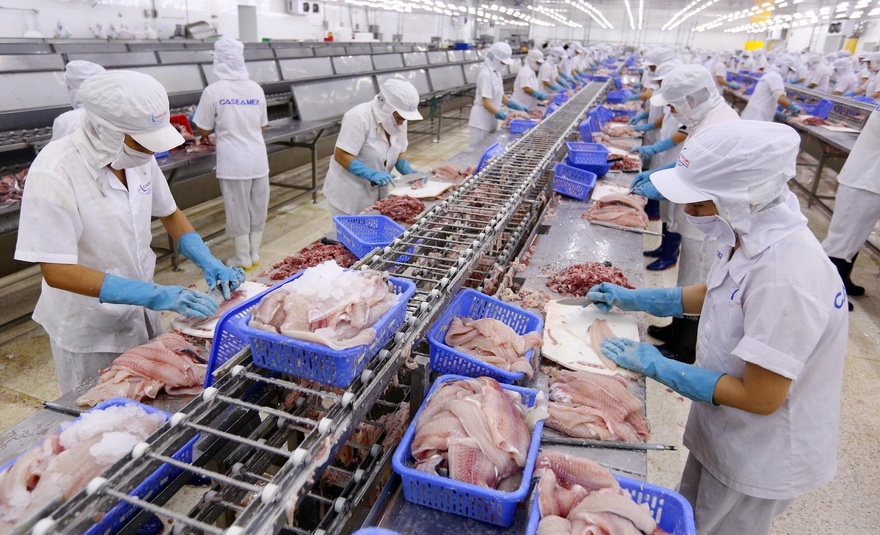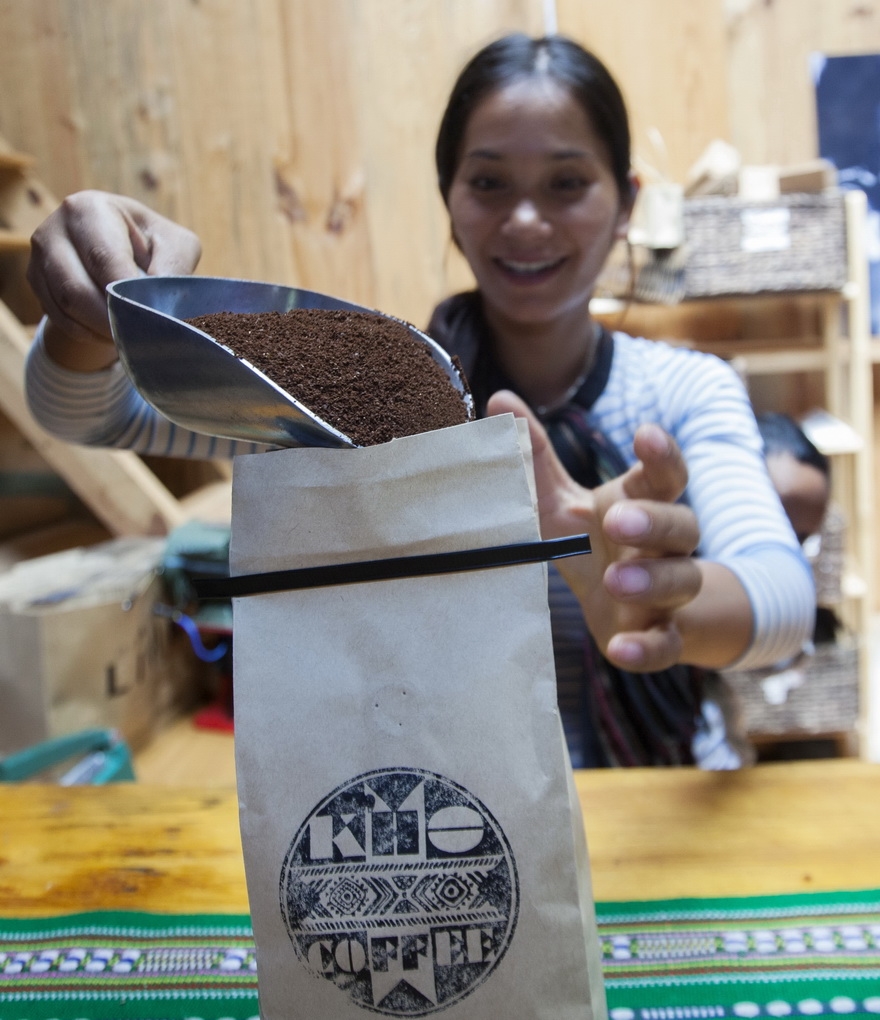If the European Union-Vietnam Free Trade Agreement (EVFTA) is regarded as an expressway for Vietnamese goods to reach the European markets, meeting the EVFTA rules of origin is the toll ticket for them to pass this expressway.
One of the biggest challenges for Vietnam upon joining EVFTA is to meet requirements on the manufacturing process, rules of origin and goods quality inspection to be able to import its products to the EU and enjoy tariff preferences under EVFTA.
EVFTA has strict rules of origin under which products are considered originating from a country party to the EVFTA when they are wholly obtained or wholly manufactured in the territory of that country. The products are also considered originating from a country if 40% of the products originate from that country.
The EU also has harsh technical barriers in trade. For example, to be exported to the EU, Vietnamese wood products must have a certificate of origin of wood from planted forests permitted to be used.
The Ministry of Industry and Trade has recently drafted a circular on origin of goods which has 16 articles arranged in four chapters. The circular is developed based on the current code of origin applicable to goods exported from Vietnam, including Government Decree No. 31/2018, which details the Law on Foreign Trade Management regarding the origin of goods.

Processing mangoes for export. Photo: VNA

Hoang Yen coconut candies, which are exported to Europe and the US, are made from Ben Tre coconuts. Photo: VNP

A catfish export processing line in the Mekong delta. Photo: VNA

Vietnam exported over 8.9 billion US dollars worth of wood and wood products in 2018, up nearly 16% from 2017. Photo: VNP

The materials to make Kimmy’s chocolate are from coca grown in the Mekong delta. Photo: VNP

“K’Ho Coffee, a brand built by a Vietnamese-American couple, Co Lieng Rolan and Joshua,
has become a representative of coffee from LangBiang Highlands in Lam Dong. Photo: VNP |
With this circular, products are considered Vietnamese goods if they are wholly obtained or wholly manufactured in Vietnam. These products are mostly farm and aquatic products which are wholly cultured and harvested in Vietnam.
The draft says depending on the manufacturing, subcontract production or processing of a product, an organization or a person may choose to use one of the phrases showing the origin of the product on the label, document or object which contains the information of that product. These phrases include “Product of Vietnam”, “Goods of Vietnam”, “Made in Vietnam”, “Made by Vietnam”, “Manufactured in Vietnam”, and “Manufactured by Vietnam”.
Addressing an online conference reviewing the work of the finance sector in the first half of this year, Deputy Prime Minister Vuong Dinh Hue asked the Ministry of Finance, the General Department of Customs and related ministries and sectors to tighten control over trade fraud and goods that have forged the Vietnamese origin.
The Deputy Prime Minister asked concerned agencies to strictly handle cases in which imported goods are labeled falsely as made-in-Vietnam and then exported to other countries with preferential taxes.
Story: VNP Photos: VNP & VNA